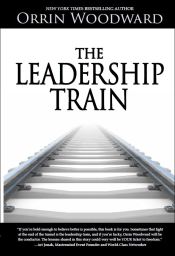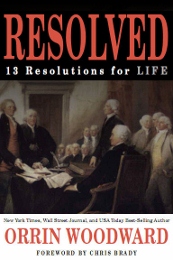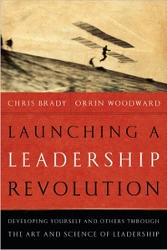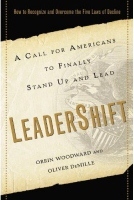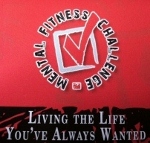Tribes are groups of people with common interest, goals, and history together. The longer I build communities, the more I am convinced that the tribes within the community are one of the keys to restore Western Civilization’s culture. LIFE draws people together through shared dreams and goals, providing a sense of belonging and leadership principles to live by. This simple act of community is becoming a revolutionary activity in today’s atomized society. For without a strong sense of community, people cannot fully develop their potential and purpose.
The objective of LIFE is to learn truth in the 8F’s of life and live these principles within the community. The TEAM Community ensures the principles are not merely ivory tower teachings, but applicable to daily life. Can you imagine the benefit of a leadership tribe where you can learn leadership and life principles while developing tight relationships within a community of other like-minded people?
Nearly every thoughtful person agrees the West is in decline. Instead of just watching it decline, why not join a community, having fun, making money, while making a difference in your own life and others. A person will either be part of the problem or part of the solution. I choose to be part of the solution. How about you? Here is a powerful video on the impact LIFE materials are having in people’s lives followed by another segment of Pastor Jon Tyson’s excellent article on Tribes. Sincerely, Orrin Woodward
[youtube http://www.youtube.com/watch?v=4VmCYyNSkVU]
Several years after Bowling Alone came out, and several small group programming attempts later, I came across a book that reflected and responded to these ideas in some fresh and insightful ways: Urban Tribes: A Generation Redefines Friendship, Family and Commitment by Ethan Watters. It challenged the assumption that cultural capital would be recovered through official institutions and efforts, and suggested instead, that it may reorganize through unofficial communities he called urban tribes. Watters, a single, never-married San Franciscan observed how this sense of trust, community, and belonging — this social capital — was all around him, but in less formal social networks that were becoming the new superglue of our time.
As Watters surveyed his community and city, he noticed that his was a rich relational world of high social capital, and that his tribe had a deep sense of community. There was a real sense of belonging and desire to help each other in mutually beneficial ways. Although disconnected from the previous generation’s traditional structures and official civic institutions, people were utilizing new technologies, schedules, and freedoms to form organic capital among themselves.
Others are noticing the phenomenon as well. Journalist Howard Fineman highlights the cultural and ethnic dimensions: “As neighborhoods and schools become more diverse, marriages become more mixed, and social hierarchies break down, old lines are getting blurry. Voluntary tribes are a way of re-creating a sense of community.” So what is an urban tribe? And is this a sociological opportunity for the church to consider?
Urban tribes are the social networks of friends we build in and around cities. They often consist of people who are single well into their twenties and thirties and who form a new kind of family unity that functions like traditional families used to, in terms of support and structure. Each tribe builds its own culture over time, through weekly rituals, shared history, language, insider jokes, weekend trips, and relational support. They screen potential mates, loan each other money, provide housing help, and even start businesses together.
These tribes owe their existence to some of the major shifts that in many ways frame this generation.
1. Displacement. People are moving from their places of birth to college, then cities, and then other cities to pursue careers in industry centers and rarely resettling in their places of origin.
2. Freedom. People are getting married later than any generation in American history and have less family responsibility than either parents or grandparents. Their time and resources are primarily for themselves.
3. Causes. People are aware and concerned about the needs of their world, and the world, like never before. Fineman notes: “More than ‘associations’. . . these [tribes] are emotionally intense affinity groups based on shared aims, obsessions or political crusades, not on DNA.”
3. Loneliness. This loss of family, displacement, freedom, and need converge to create a hunger for community that is greater than their parents.
Watters explains the intersection of these factors:
“We live further away from our kinship networks. We’re not joining community groups…{We are} a group that is freer than any generation I can imagine. Because freedom is a lack of restraints, we don’t often look at what freedom is. We’re free of parenting responsibilities. That means that we have a lot of free time. We’re also free of parental control. There’s a corollary to that parental role. Other advice givers have stepped away from the plate. There aren’t the mentors, priests, bosses, and other strict advice givers. Now they just encourage us and offer support. They had a tough time, so they don’t have a unified front to give us advice. We’re also free of punishment for the consequences of our actions. We’re no longer disciplined by our elders. We have this notion that we’ve gone to the city once to create ourselves, and that we can always go to another city and try again. We also have more dating and relationship options. There’s also no order in which we’re expected to live our lives. Free from general social strife. There’s no shared sense of our being born for some specific purpose.”
